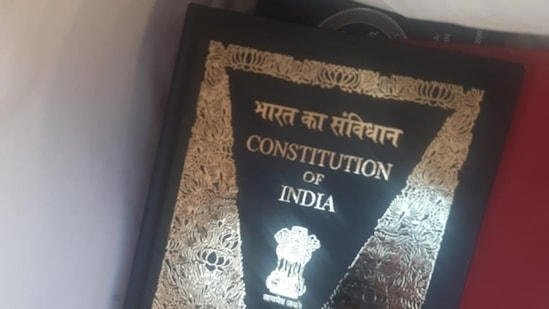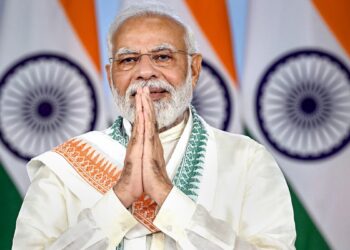The first edition of the Constitution of India, often revered more as a masterpiece of architecture than mere art, was recently sold at an auction for an astonishing Rs 48 lakh. This rare and invaluable document, one of only 1,000 copies produced, encapsulates the essence and history of independent India.
An Unmatched Artifact
This edition of the Constitution, crafted in 1950 by the Survey of India Offices in Dehradun, holds printed signatures of its framers, including B.R. Ambedkar. The calligraphy, a labor of love by Prem Behari Narain Raizada, and the exquisite illumination by the modern artist Nandalal Bose, add to its uniqueness and significance.
Auction Highlights
The Constitution’s photolithographic copy, safeguarded in a special helium-filled case in the Parliament of India’s library, was a star attraction at Saffronart’s three-day online auction held from July 24 to 26. This event featured a vast array of antiques spanning centuries of Indian history, art, literature, and photography.
“Besides their aesthetics, each lot holds immense historical value as a documentation of India’s heritage,” said Minal Vazirani, co-founder of Saffronart. She emphasized the Constitution’s deep emotional resonance, symbolizing an independent India and the values it upholds.
Signatures of History
The blueprint of the Constitution, meticulously drafted by B.R. Ambedkar, carries the handprints of 284 members of the 1946 Constituent Assembly. Among these are the Hindi signature of author Kamla Chaudhary and the English signature of then Prime Minister Jawaharlal Nehru.
Crafting the Constitution
The creation of the Constitution was a monumental task. From November 1949 to April 1950, Rampur-based calligrapher Raizada inscribed the codes that would govern India on handmade Millbourne Loan paper. He received Rs 4,000 for his painstaking work.
Subsequently, the sheets were adorned and illuminated by Nandalal Bose and other artists from Santiniketan’s Kala Bhavan. Following Nehru’s suggestion, real gold spray was applied to the margins, and each page was illuminated. Bose also created 22 illustrations, one for each part of the Constitution, depicting scenes from various periods of Indian history. For his artistic contributions, Bose was awarded Rs 21,000.
A Legacy Preserved
The Constitution of India stands not only as a legal document but as a testament to the country’s rich cultural and historical legacy. The recent auction highlights its value and the reverence it commands, ensuring that its legacy continues to be cherished and preserved for future generations.
Conclusion
The auction of the first edition of the Indian Constitution for Rs 48 lakh underscores its immense historical and cultural significance. This priceless document, adorned with artistic brilliance and the signatures of its framers, remains a cherished symbol of India’s heritage and the enduring values of its democracy.






















